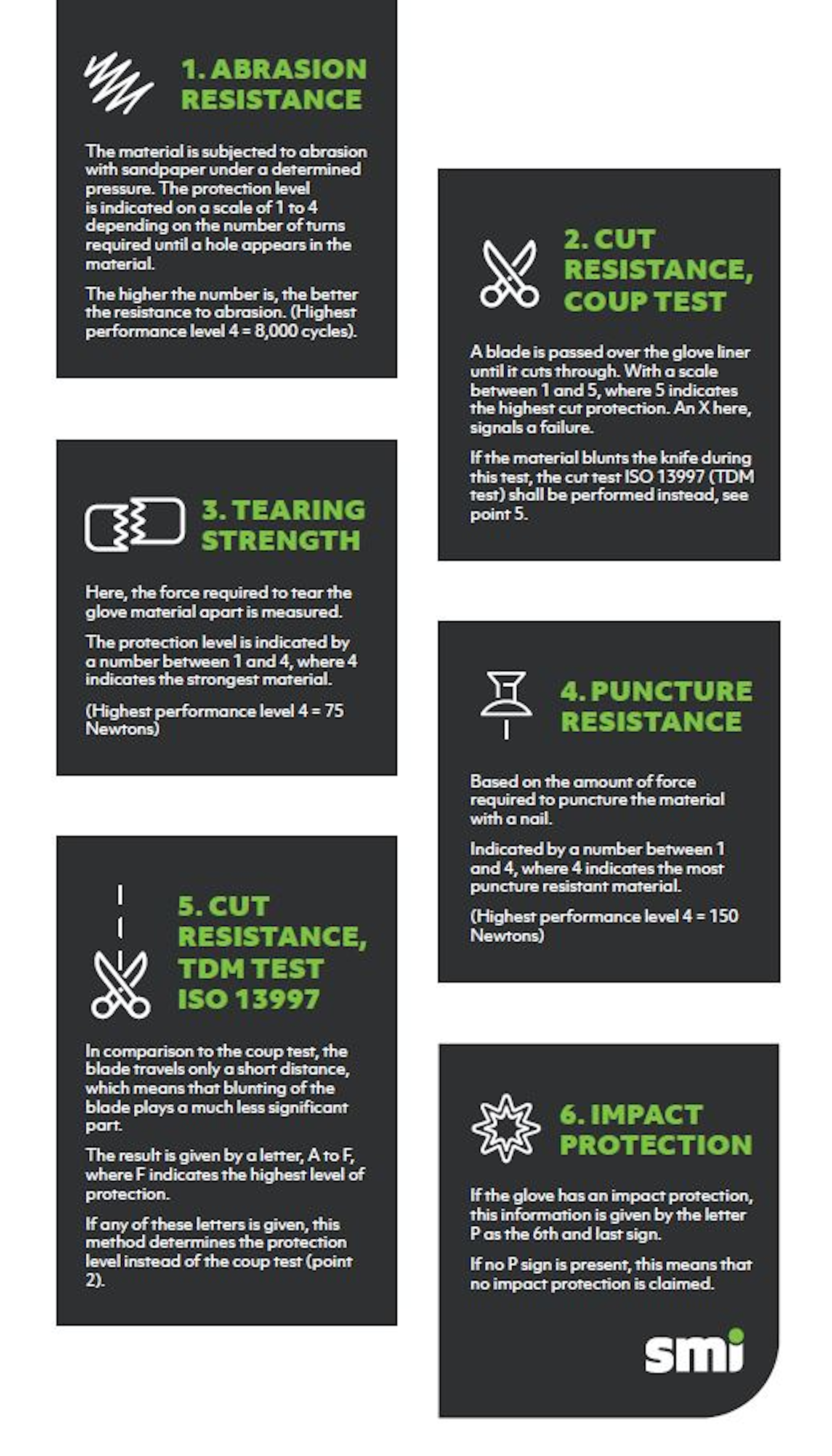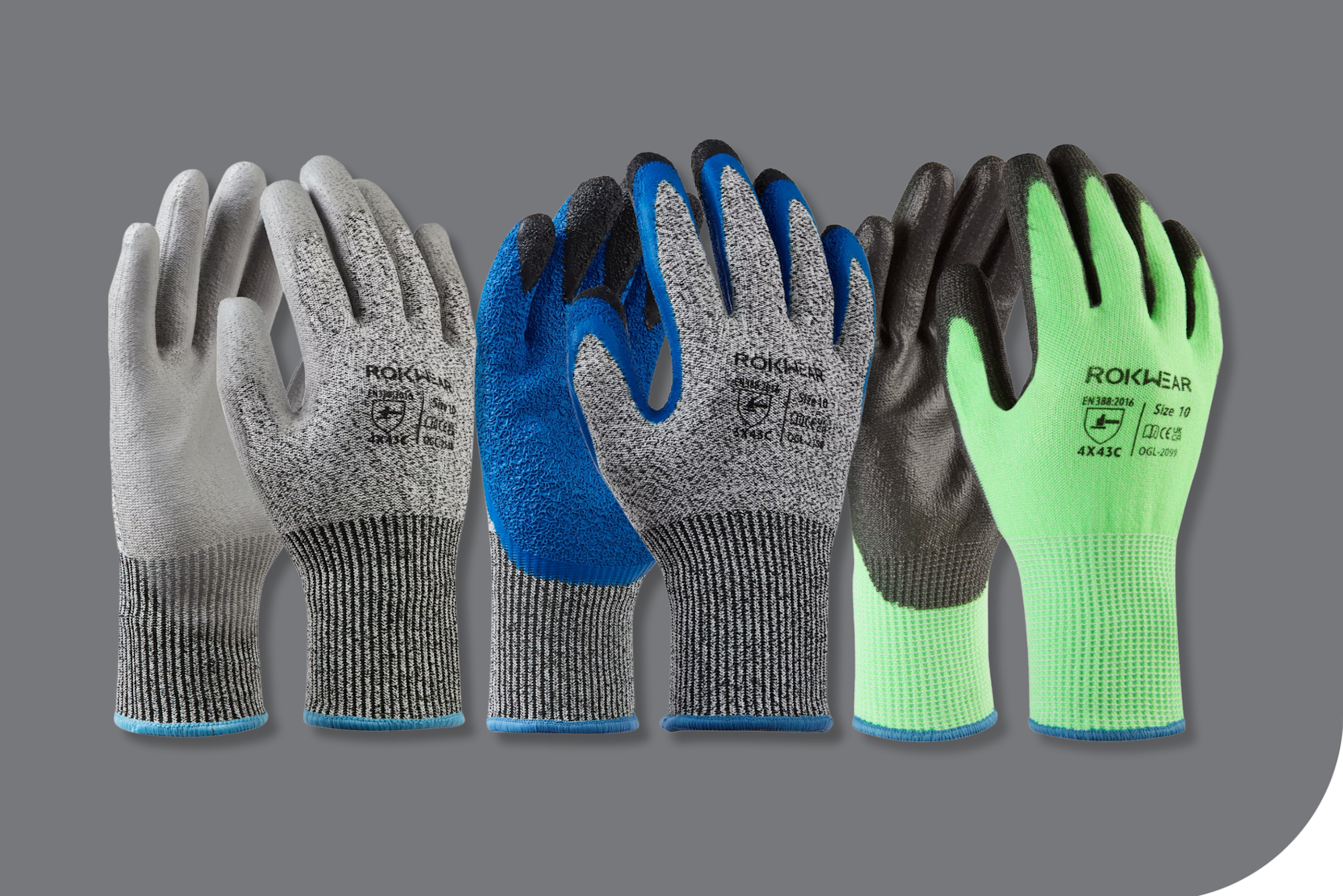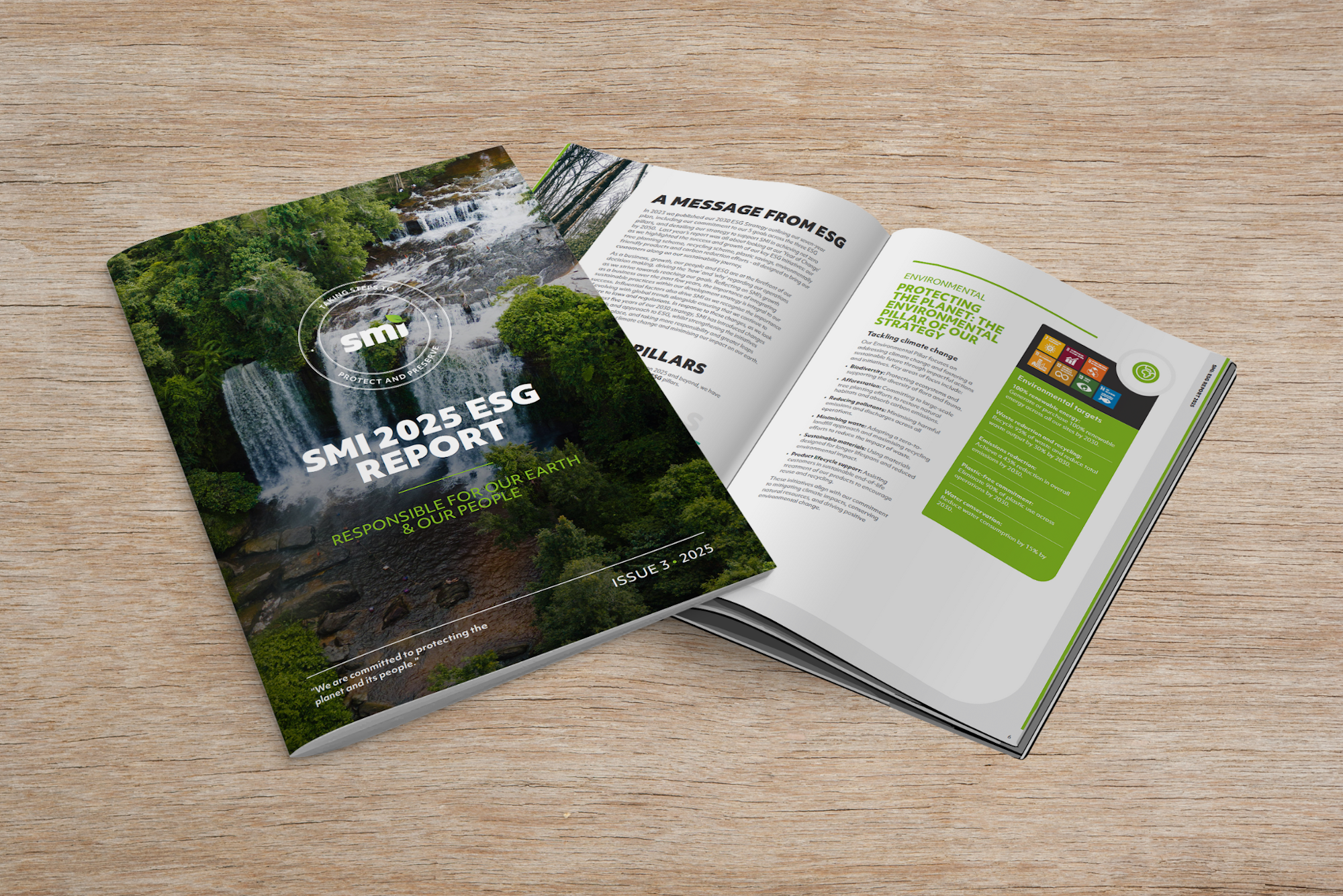
Insight
SMI's Christmas and New Year Operational Hours
Find SMI’s Christmas and New Year 2025–26 opening hours.
View head office closure dates, warehouse availability, and how to contact us during the holiday period.
6 minute read

Confused by EN 388 glove ratings? You’re not alone.
Picking cut-resistant gloves is tough if you don’t know what the safety ratings mean.
How do you:
Don’t stress - we’ve got the answers, without all the fluff.
Read on for a clear breakdown of EN 388 cut-resistance levels and what they actually mean.
Cut-resistant gloves are tough gloves for tough jobs. They protect your hands from sharp edges and slicing injuries.
They’re made from high-strength materials like:
That’s why these gloves offer better protection than basic safety gloves.
That being said, general handling gloves are great for light work. But if you or your team work with anything that could cut skin, choose cut-resistant gloves.
Do you handle sharp tools, blades, or materials that could cut your skin? If there’s even a small risk of injury, cut-resistant gloves are a must.
Construction. Warehousing. Recycling. Food prep. Tough jobs call for tough protection.
Choosing the right glove for the task keeps your team safe, comfortable, and focused on the job.
Shop our full range of hand protection.
EN 388 is the European (EU) safety standard for gloves that protect against mechanical risks - things like cuts, scrapes, punctures, and tears.
The cut-resistance of EN 388 used to be listed between 1 and 5.
Now, it uses the letter system:
The EN 388 rating is printed in numbers and letters on the gloves. It shows you how well the glove performed in safety tests.
So, knowing the cut-resistance by level helps you pick the right gloves.

EN 388 ratings and the A-F resistance scale aren’t just for show. Use them to help you find the right hand protection for the job.
Here’s how much protection you get based on the A to F scale:
TOP TIP: Levels C to F all offer sturdy, reliable protection.
Still not sure which glove is right for you? We’re here to help.
Call us on 0330 441 3500 or drop us a message - let’s find the right fit for your team.
EU standards aren’t just about cut protection. They go through a full range of safety tests to see how well they perform in tough working conditions.
Here’s what they’re tested for:
TOP TIP: Go for gloves with a strong TDM rating – it’s the most accurate way to measure cut protection.

What do those numbers on your gloves mean? They make sense once you know.
For example, if your glove label says 4X42CP, it simply states the glove's scores for each hazard tested.
Here’s what it breaks down to:
| Hazard | Resistance rating | What it means |
| Abrasions | 4 | High abrasion resistance |
| Cuts | X | Cut test not done (Coup test) |
| Tears | 4 | Strong tear resistance |
| Punctures | 2 | Moderate puncture resistance |
| Cuts | C | Solid cut resistance (TDM test) |
| Impact | P | Passed impact protection |
TOP TIPS:
It all depends on what you handle on any working day.
Here’s a simple guide:
Check your glove for a printed code to see what level of protection you’ll get. Then, you’ll know if it’s right for the job.
When in doubt, go for the highest protection. You only get one pair of hands.
Need help choosing the right glove? Let's chat.
Or browse our full range of cut-resistant gloves and find the right fit for your team.

Understanding EN numbers and cut resistance ratings can be daunting. But it doesn’t have to be.
At SMI, we take the guesswork out of PPE. We know what works, and we’ll help you find it.
Here’s how we make it easy:
With SMI, you’re partnering with a team dedicated to protecting your people.
Need advice or help? Chat with our friendly team today.
Drop us a message, or give us a call on 0330 441 3500.
We’ve got the answers to these commonly asked questions about cut-resistant gloves.
It shows how well gloves protect your hands from sharp materials.
These gloves offer reliable protection against hazards like blades or sheet metal.
They’re not as tough as levels E and F, but are less bulky and easier to work with.
Level B gloves are great when you only need light cut protection, but they’re not the best choice for sharp blades.
Yes, level 5 resistance gloves can take more force before they see any damage. You’ll need these for work with sharp tools, materials, or machinery.

Insight
Find SMI’s Christmas and New Year 2025–26 opening hours.
View head office closure dates, warehouse availability, and how to contact us during the holiday period.

Insight
Download SMI’s FREE risk assessment template to identify hazards and ensure workplace safety. Includes an example for office environments and guidance for various tasks.

Insight
Our 2025 ESG Report is live! Working with a sustainable supplier like us goes beyond good intentions, it’s about real benefits for your business.